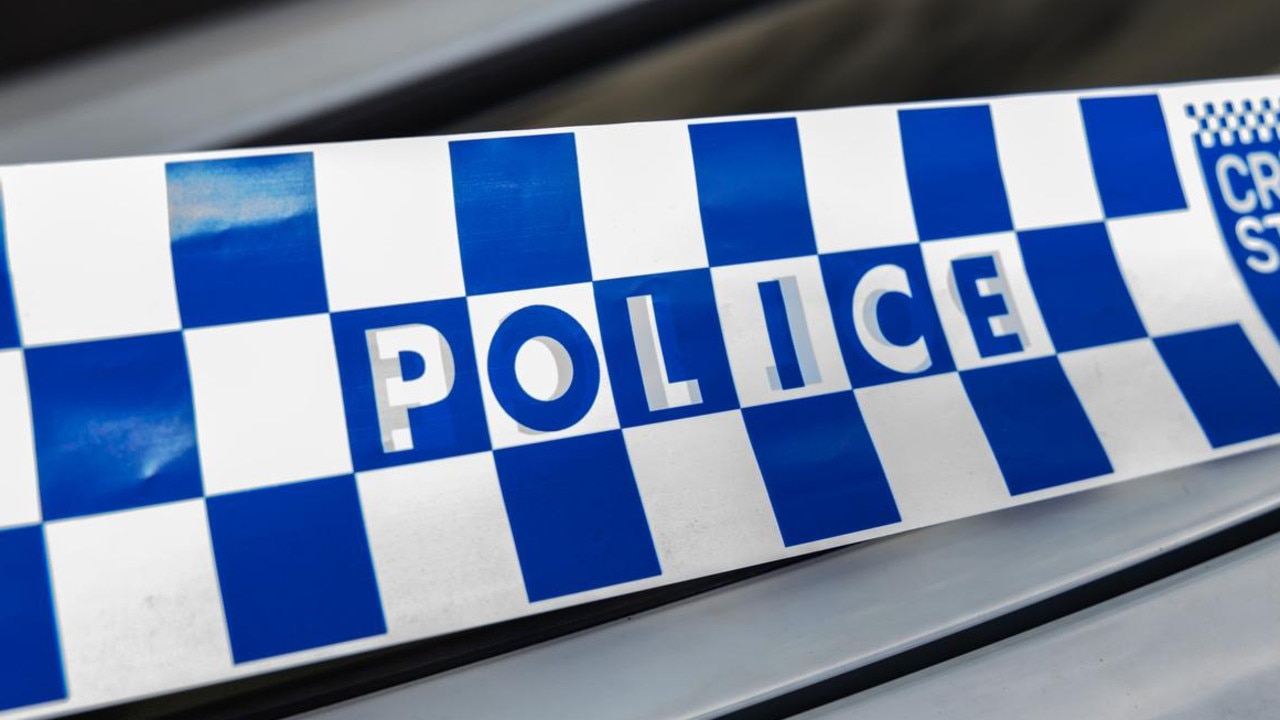Underwater crossing was a bridge too far for Sydney
Amid grand plans in the 1880s boom years, two ambitious New Zealand engineers proposed building a 2km tunnel under Sydney Harbour. Their vision was a century in the making.

News
Don't miss out on the headlines from News. Followed categories will be added to My News.
Amid grand plans in the 1880s boom years, NSW premier George Dibbs proposed investing almost £5 million to build 18 new railways spanning 1927km. Two ambitious New Zealand engineers wanted to include a 2km tunnel beneath Sydney Harbour, running from Macquarie St to Lavender Bay, to link north and south sides of the waterway.
As NSW Premier Mike Baird yesterday announced exploratory drilling had begun on a second tunnel under Sydney Harbour to carry extra rail services, records show the first Harbour tunnel was a century in the making.
Former engineer-in-chief of Auckland Charles O’Neill and hydraulic engineer Fred Cripps in 1884 estimated two tunnels, one for a railway and a parallel tunnel for horse and foot traffic, would cost £400,000. But parliamentary consideration of a Harbour tunnel was delayed by the “departure of the troops to the Sudan, the anticipated war between England and Russia, and other business”.
An economic downturn from the mid-1880s saw only two railway lines built that decade, although businessmen led a deputation to the colonial secretary in 1887 to agitate for a Harbour tunnel at an estimated cost of £450,000, which they proposed to raise on “the London market”.
After the first royal commission on proposals to supplement Harbour ferry services with a tunnel or a bridge, a consortium in 1895 reported negotiations in London to raise finance for a tunnel were making good progress.
With tunnel plans apparently abandoned as too dangerous, work on a Harbour crossing had still not started in 1908 when a second royal commission was called to consider bridge and tunnel proposals to connect north and south Sydney.
Plans for a bridge were adopted in 1922 and completed in 1932, but five years later NRMA vice-president Charles Ludowici promoted a vehicle tunnel under the Harbour, a solution again proposed to ease traffic congestion in 1954.
As Sydneysiders procrastinated over a Harbour tunnel, occupants of a remote Chinese village carved their own link to the outside world using 4000 hammers, 12 tons of steel drill rods and countless chisels.
Led by village head Shen Mingxin, residents of Guoliang sold goats and herbs to buy hammers and steel tools, then spent five years digging a 1200m tunnel. At 5m tall and 4m wide, it could carry pedestrians and motor vehicles. The tunnel opened in 1977 to replace a gruelling set of 720 steps, until then the village’s only link to the rest of the Huixian in Henan Province.
Babylonian and Persian designers first constructed large underground tunnels, called quant or kareez, almost 3000 years ago to carry water for irrigation. The Iranian city of Gonabad still uses a 45km network of kareez tunnels built 2700 years ago.
Roman architect Cocceius Auctus oversaw construction of a 1km road tunnel through Monte Grillo near Naples from 38-36BC to facilitate troop movements.
Work on the world’s oldest underwater tunnel began in the late 1820s using a tunnelling shield developed by French-born engineer Marc Isambard Brunel to excavate the Thames Tunnel.
The 400m Thames Tunnel, promoted as the “eighth wonder of the world” when it opened in 1843, carried horse-drawn carriages between Wapping and Rotherhithe.
Although it did not open until 1988, planning for the world’s longest underwater tunnel, the 53.9km Seikan under the Tsugaru Strait between Japan’s Hokkaido Island and the Aomori Prefecture, intensified as a response to the sinking of five ferry ships in a typhoon in 1954. Engineers used both massive drills, or tunnel-boring machines, and 2800 tons of dynamite to build a 23km stretch of tunnel 100m below the seabed and 240m below sea level. Leaks during construction flooded tunnel work at a force of 80 tons per minute, killing four workers and blowing out construction costs to $US3.6 billion.
Work on a tunnel under Sydney Harbour did not start until 1987, when then premier Barry Unsworth announced the Sydney Harbour Bridge toll would rise from 20c to $1 to fund the $408 million project.
The contract was awarded to joint venture partners Transfield and Kumagai Gumi in 1987. Privately funded at an eventual cost of $750 million as Australia’s first large Build Own Operate Transfer project, work started in 1988 on a four lane, 2.3km tunnel using immersed tube technology. Designed to reduce congestion on the Sydney Harbour Bridge, the tunnel opened in 1992 but still did not include railway lines.


